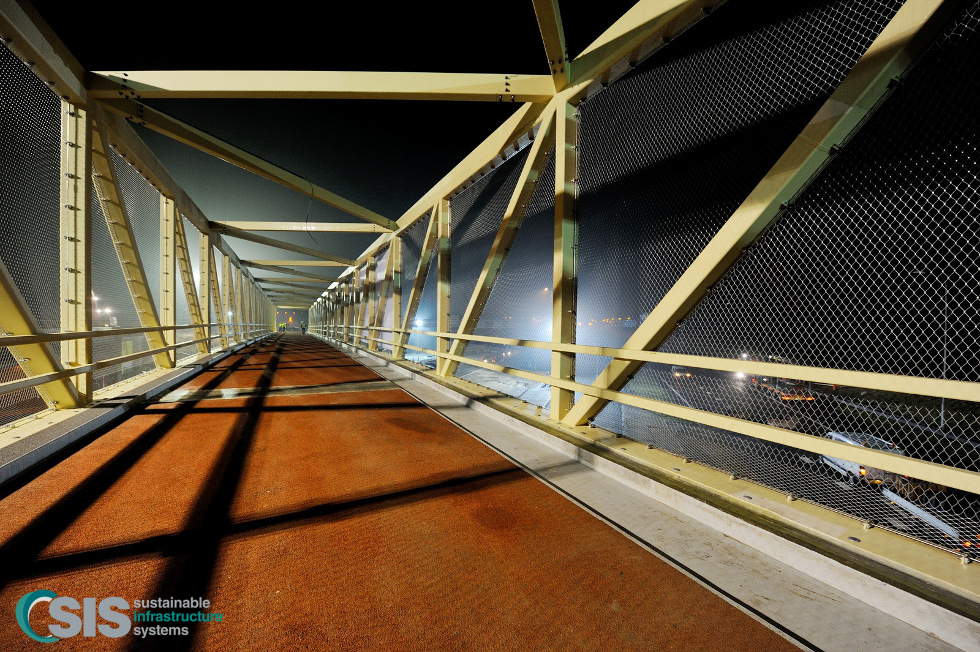Fibre-reinforced polymer is a popular choice of construction material for contemporary infrastructure projects. FRP combines fibres (carbon, glass, or aramid) with a matrix (vinyl ester or epoxy). The result is a highly durable, lightweight composite with excellent corrosion resistance.
Because of its amazing properties, FRP is widely used in various applications, including pedestrian and road bridges.
But besides roads and bridges, where else are FRP-driven piles used? Here are several applications:
1. Civil Engineering
FRP composite materials are not just used for building infrastructures. Because of their high strength and design flexibility, FRP is also leveraged to repair and reinforce concrete structures, such as beams, slabs, and columns.
Adding FRB elements into concrete structures can increase their load capacity and extend the lifespan of damaged or dated infrastructure.
2. Water and Wastewater Treatment
Water can be a corrosive element that corrodes most construction materials, notably steel. Finding the ideal water and wastewater treatment facility resources can be difficult; fortunately, the FRP has been developed.
Fibre-reinforced polymers are renowned for their superior corrosion resistance. They do not rust or degrade when exposed to moisture and chemicals, making them the perfect solution for pipes, tanks, and other water equipment.
3. Oil and Gas Industry
As mentioned, FRP materials can withstand the harshest environments because of their increased resistance properties. Because chemicals barely affect them, FRPs are employed in the oil and gas industry to construct storage tanks and piping systems.
4. Sports and Recreation
FRP composites are not used exclusively in construction and development. Fibre-reinforced polymers are perfect for creating sporting equipment, like rackets and fishing rods, due to their lightweight and durable nature.
5. Telecommunications and Electrical
Unlike steel, FRP construction materials are non-conductive, meaning they do not conduct heat or electricity. This characteristic has led the electrical and telecommunications industry to adopt the material for electrical insulators, cable trays, and enclosures.
6. Aviation and Automobile
FRP is remarkably lightweight yet sturdy. The material’s high strength-to-weight ratio has made it a top resource used to manufacture various vehicles in the aviation and automobile industries.
Many modern cars and planes have body panels, wings, and other components made entirely of fibre-reinforced polymer.
The Future of Construction
The future is now with Sustainable Infrastructure System (SIS) and its broad range of FRP construction materials. Offering world-class quality and top-tier design and engineering, SIS opens a door to advanced opportunities for your next construction projects.
